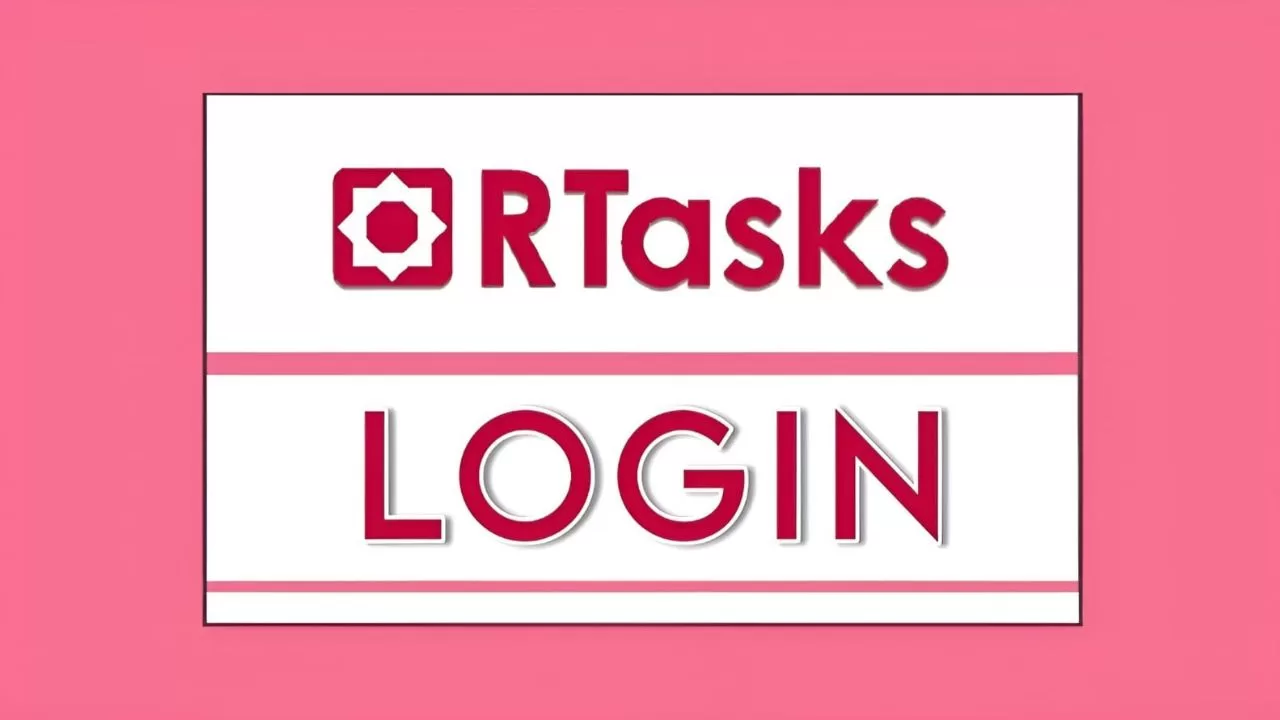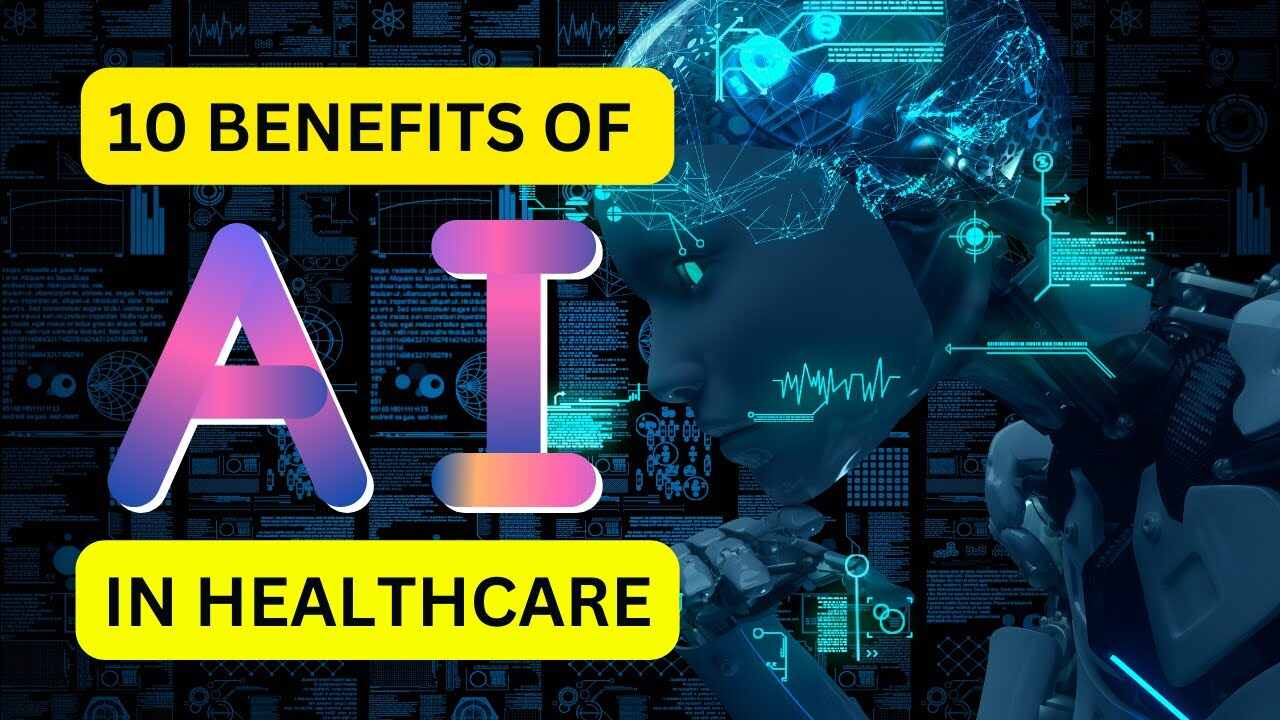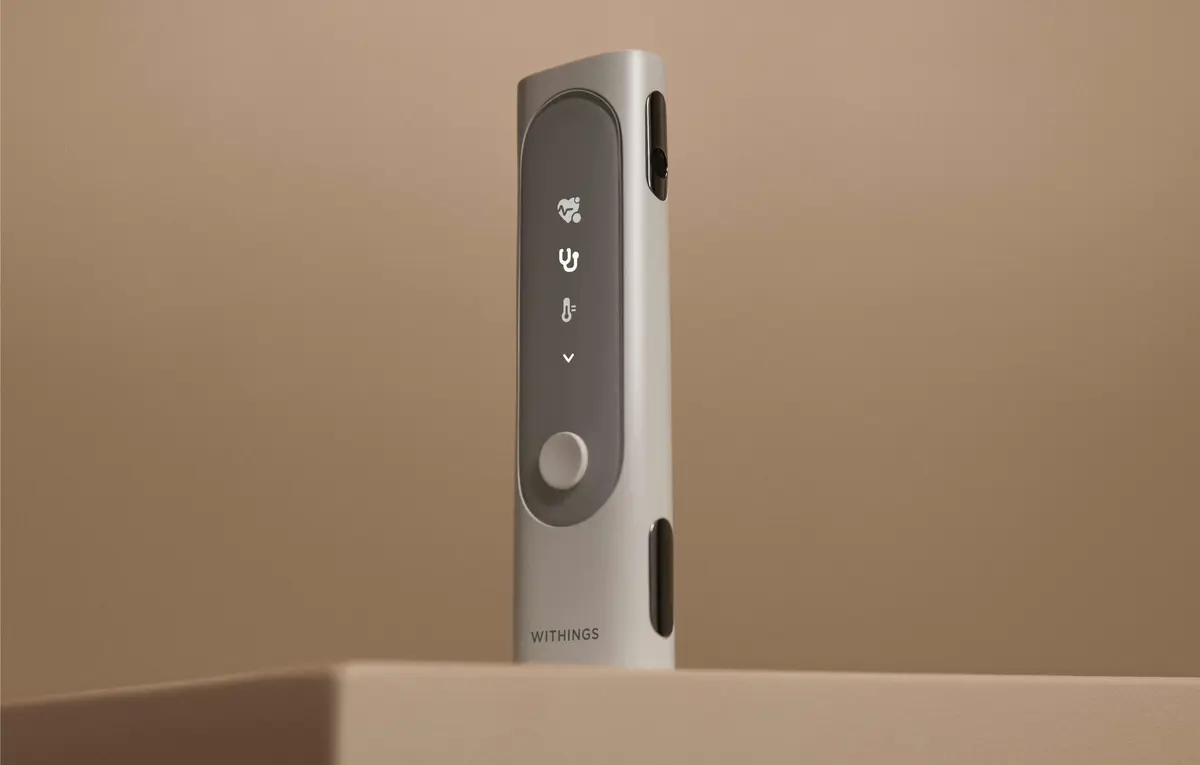In recent times, innovative health technologies have greatly changed how healthcare information technology works. Big hospitals and small doctor’s offices have started using these technologies to make sure patients get better care.
Health information technology is the line of IT that handles the making and looks after information structures for the healthcare industry. These set-ups are computerized and can work together.
Health IT is important because of new technology and government rules that affect patient care. It started with President George W. Bush giving inducements for hospitals to utilize EHRs. Later, Presidents Barack Obama and Donald Trump continued to support health IT. Both parties agree it’s a good thing. Let’s explore its types and applications.
What is the difference between HIT and HIS?
Healthcare Information Technology
Think of HIT as all the different tools and gadgets used in healthcare, like computers, software, and devices. These help doctors and hospitals keep track of patient information, schedule appointments and do other important tasks.
Healthcare Information Systems
HIS is a special type of healthcare technology. In simple words, think of it like a computer program that doctors and nurses use to store and manage patient information. For example, medical records. Moreover, Healthcare Information Systems help with billing and scheduling in a hospital.
So we can say HIT is like the big toolbox with all the healthcare technology, while HIS is one of the specific tools in that toolbox used to organize and manage patient information.
What are the different types of healthcare IT?
1. Electronic Health Record:
It is the most common type of healthcare IT. It is like a Digital health record for a person. This record can be seen by different doctors and hospitals. In simple words, the medical information that is stored digitally can be shared with various healthcare organizations when needed. It is very useful in case of Personal Injury Lawsuits.
2. PHR:
It is like a personal health diary of a patient Because it contains the patient’s health history, appointments, and other health-related information. Normally, a person in a health organization controls it. PHR is a valuable resource for managing one’s health.
3. Health Information Exchange
HIE is like a meeting place where different healthcare groups agree to share health information.”
In other words, it’s a central location where different healthcare organizations decide to work together. Also, share medical information for the benefit of patients.
What are HIPAA and the HITECH Act?
In recent years, healthcare IT consultants in many hospitals have adopted electronic EHR systems. Because of the 2009 HITECH Act. This law created programs to give money to healthcare providers. To those organizations who use EHR systems according to certain rules. Government agencies like CMS and ONC oversaw these programs. As a result, billions of dollars were given to healthcare providers across the US to encourage them to use EHR. This made more healthcare providers start using these systems.
HIPAA’s rules are like safety guidelines for healthcare organizations. They ensure that patients can access their medical records anytime. Also, it can keep those records safe and private.
Healthcare organizations have to follow the rules of HIPAA. These rules are made by the HS Department. HIPAA makes sure that patients can get and manage their health information. Healthcare providers can get fined by the HHS Office if they don’t handle information correctly,
How Healthcare Data is protected?
Back in 2017, nearly 5.6 million patients had their records exposed. Surprisingly, the number of patient data breaches actually dropped that year. But here’s the twist – in 2018, the attacks using malware and ransomware on healthcare websites started to go up.
To tackle these issues, healthcare computer systems have strengthened their security measures. They’re also making sure to educate their staff about avoiding those little slip-ups that could lead to data breaches.
What are the Benefits of Healthcare IT solutions?
I have listed some of the common ones:
1. Effective Population Health Management:
One of the benefits of Healthcare IT is it enables the use of data analytics and big data to manage population health. This helps to minimize the prevalence of chronic health conditions. Also, it promotes overall wellness.
2. Precision Medicine:
Health IT uses smart technology to create personalized medical treatments. It proves to work better for individual patients.
3. Medical Research Advancement:
Health IT is helping academic researchers to share health data. This teamwork can lead to new medical treatments and drugs. It can be a good move towards healthcare.
4. Patient Empowerment:
A positive effect of modern technologies on pregnant women and patients is to access their data at any time. It gives them the power to be actively involved in their care. Also, to collaborate effectively with healthcare providers.
What is the importance of PHR in healthcare IT?
Now, healthcare professionals are using advanced fitness technologies in treatments.
With the enlarged utilization of mobile technology in healthcare, PHRs are becoming very popular. This means they’ll need to be designed to work easily with EHRs.To ensure individuals can easily access and manage their health information.
Apart from EHRs, there are other important health IT tools. Two of them are PACS and VNA. These applied medical technologies help healthcare information technology specialists to store and manage medical images like X-rays and scans.
FAQs
What are examples of healthcare information technology?
Healthcare information technology examples:
- Telemedicine
- eHealth
- Electronic health record
- Remote patient monitoring
- master patient index
- web portal
- Medical practice management software
- Patient portals
- Sphygmomanometer
- Computer engineering tech
What’s the pay for HealthCare Information Technology jobs in the United States?
If you’re considering a career in Healthcare IT and wondering about the average salary, as of August 27, 2023, it’s approximately $90,620. However, you should note that your earnings can differ notably depending on elements such as your level of education, certifications, skills, and years of experience. Generally, professionals in this field can earn anywhere from $81,465 to $100,601 in the United States.




